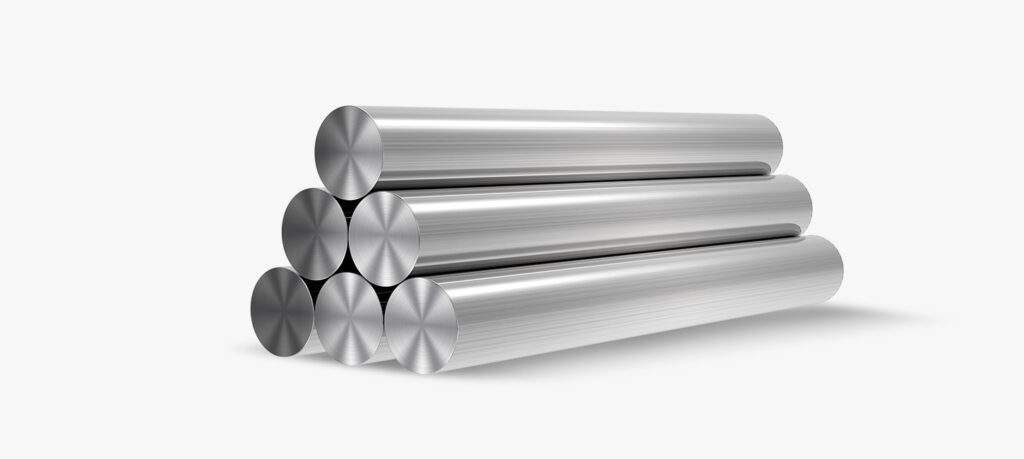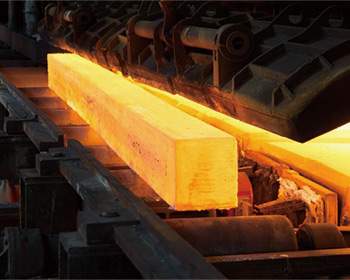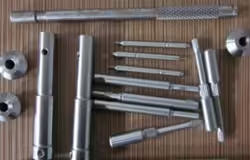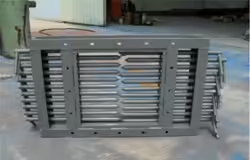
How to Select 4140 Normalized Steel for Your Projects
Table of Contents
Introduction

4140 Normalized Steel is a chromium-molybdenum alloy steel that is widely used in various industries due to its exceptional strength, toughness, and wear resistance. This low-alloy steel contains chromium, molybdenum, and manganese, which impart excellent hardenability and make it suitable for heat treatment processes. With its high tensile strength, good fatigue resistance, and superior toughness, 4140 normalized steel is an ideal choice for applications that demand durability and reliability.
Benefits of 4140 Normalized Steel
High Strength and Hardness
4140 normalized steel offers high tensile strength, typically ranging around 655 MPa (95 ksi), and can achieve a hardness of up to 54 HRC when heat-treated. This makes it suitable for high-stress applications where resistance to wear and abrasion is required.
Good Machinability
In its normalized condition, 4140 steel has good machinability, which is essential for manufacturing components requiring precise dimensions and finishes.
Enhanced Fatigue Resistance
The steel’s high fatigue strength makes it ideal for components that experience repeated stress cycles, such as those found in automotive and industrial machinery applications.
Improved Toughness
Through heat treatment processes like quenching and tempering, 4140 normalized steel can be made tougher, reducing brittleness and enhancing its ability to absorb energy during impact.
Manufacturing Process of 4140 Normalized Steel
Melting and Refining
The manufacturing process begins with melting the raw materials, which include iron ore, chromium, manganese, and molybdenum, in an electric arc furnace (EAF) or basic oxygen furnace (BOF).
Rolling and Shaping
Once the steel has been melted and refined, it is rolled and shaped into various profiles such as bars, plates, and sections. This process involves passing the steel through a series of rollers that gradually reduce its thickness and shape it into the desired profile.
Heat Treatment
Heat treatment is a critical step in enhancing the properties of 4140 normalized steel. This process involves heating the steel to a specific temperature and then cooling it at a controlled rate to achieve the desired strength and toughness.
Applications of 4140 Normalized Steel
Automotive Components
4140 normalized steel is used in the automotive industry for components like crankshafts, axles, and gears, where high strength and durability are required.
Industrial Machinery
In industrial settings, 4140 normalized steel is used for shafts, gears, and bearings due to its toughness and resistance to wear.
Tooling and Dies
The high hardness and toughness of 4140 normalized steel make it suitable for manufacturing dies, molds, and cutting tools that require high performance and resistance to deformation.
Oil and Gas Industry
4140 normalized steel’s strength and resistance to harsh conditions make it ideal for drilling equipment, valves, and pipelines in the oil and gas industry.
Structural Components
In construction, 4140 normalized steel is used for structural frames and heavy equipment where high strength and durability are necessary to support heavy loads.
Best Practices for Selecting 4140 Normalized Steel
Chemical Composition
Ensure that the steel meets the chemical composition standards, which include carbon, chromium, manganese, silicon, phosphorus, sulfur, and molybdenum.
Mechanical Properties
Check the mechanical properties such as tensile strength, yield strength, elongation, and reduction of area to ensure they meet the requirements of your project.
Heat Treatment Requirements
Consider the heat treatment processes that the steel will undergo to achieve the desired mechanical properties.
Machinability
Evaluate the steel’s machinability, especially if your project requires precise machining or complex shapes.
Comparative Analysis of 4140 Normalized Steel with Other Alloys
| Property | 4140 Normalized Steel | Other Alloys |
|---|---|---|
| Tensile Strength | 655 MPa | Varies |
| Hardness | Up to 54 HRC | Varies |
| Machinability | Good | Varies |
| Fatigue Resistance | High | Varies |
| Toughness | Enhanced through heat treatment | Varies |
Factors to Consider When Selecting 4140 Normalized Steel

1. Application Requirements
Before selecting 4140 normalized steel, it is essential to understand the specific requirements of your application. Consider factors such as load-bearing capacity, impact resistance, and operating environment to ensure the steel meets your project needs.
2. Heat Treatment Options
Evaluate the heat treatment processes you plan to use. 4140 normalized steel can be further treated to achieve desired hardness levels. Knowing how you plan to use heat treatment will help you select the appropriate steel grade.
3. Material Specifications
Refer to industry standards and material specifications to ensure that the 4140 normalized steel you select meets the necessary quality requirements. Look for certifications that confirm the steel’s properties and compliance with applicable standards.
4. Supplier Quality
Choosing a reputable supplier is critical to ensure the quality of the steel. Look for suppliers who offer comprehensive documentation, including material test reports, to verify the steel’s properties.
5. Cost Considerations
Finally, evaluate the cost of 4140 normalized steel in relation to your budget. While this steel type may be more expensive than other materials, its long-term benefits and durability often justify the initial investment.
Conclusion
Selecting 4140 normalized steel for your project involves considering its chemical composition, mechanical properties, heat treatment requirements, and machinability. This steel offers a balance of strength, toughness, and versatility, making it suitable for a wide range of applications. By understanding the properties and effects of heat treatment on 4140 normalized steel, you can make informed decisions for your project’s specific needs.
FAQ
What is the difference between normalized and annealed 4140 steel?
Normalized 4140 steel is heated to a higher temperature than annealed steel, which results in improved mechanical properties such as strength and hardness.
How does 4140 normalized steel compare to other steels in terms of strength?
4140 normalized steel offers high tensile strength and hardness, making it competitive with other alloy steels, although some steels like 4340 may offer higher performance in specific areas.
What are the typical applications of 4140 normalized steel?
4140 normalized steel is used in automotive components, industrial machinery, tooling, oil and gas equipment, and structural components due to its high strength and durability.
How does heat treatment affect the properties of 4140 normalized steel?
Heat treatment processes like annealing, quenching, and tempering significantly impact 4140 normalized steel’s hardness, toughness, and machinability to meet specific application requirements.






